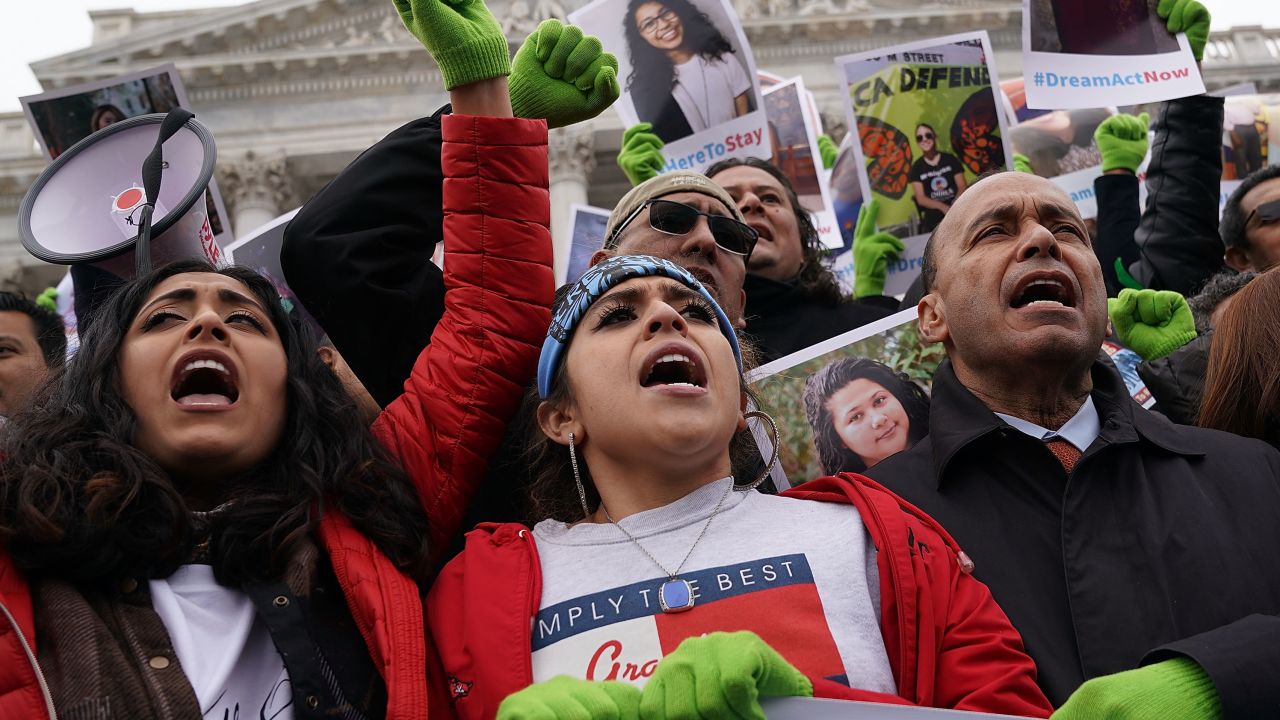International Transgender Day Of Visibility: Becoming A Stronger Ally

Table of Contents
Understanding the Transgender Experience
Defining Gender Identity and Expression
Understanding the transgender experience begins with understanding the core concepts of gender identity and expression. Sex assigned at birth refers to the biological sex assigned at birth, based on visible physical characteristics. Gender identity, however, is an internal sense of being male, female, both, neither, or somewhere else along the gender spectrum. This is distinct from one's sex assigned at birth. Gender expression, on the other hand, refers to how someone outwardly presents their gender through clothing, behavior, and other means. These aspects are independent and can vary greatly between individuals.
-
Common Terms:
- Transgender: An umbrella term for people whose gender identity differs from their assigned sex at birth.
- Cisgender: A term for people whose gender identity aligns with their assigned sex at birth.
- Non-binary: An umbrella term encompassing individuals who identify outside the binary of male and female.
- Gender fluid: Describes someone whose gender identity changes over time.
- LGBTQIA+: An acronym representing lesbian, gay, bisexual, transgender, queer, intersex, asexual, and other gender and sexual identities.
-
Addressing Misconceptions: It’s crucial to debunk harmful stereotypes and misconceptions. Transgender identities are not a mental illness, a phase, or a choice. They are valid and deserve respect.
-
Diversity within the Transgender Community: The transgender community is incredibly diverse, with a wide range of identities, experiences, and expressions. There is no single "transgender experience."
Educating Yourself and Others
Seeking Reliable Information
To be an effective ally, reliable information is paramount. Avoid biased or sensationalized sources. Instead, seek out reputable organizations dedicated to transgender rights and education.
-
Credible Resources:
- GLAAD (Gay & Lesbian Alliance Against Defamation): Offers comprehensive resources and guides on LGBTQIA+ issues.
- The Trevor Project: Provides crisis intervention and suicide prevention services for LGBTQ young people.
- Human Rights Campaign (HRC): Advocates for LGBTQIA+ equality through policy change and public awareness campaigns.
-
Combating Misinformation: Misinformation and harmful stereotypes perpetuate discrimination and violence against transgender people. Critically evaluate information and actively challenge inaccuracies you encounter.
-
Listening to Transgender Voices: The most powerful source of understanding comes directly from transgender individuals themselves. Seek out and amplify their voices and stories.
Being an Active Ally in Everyday Life
Using Inclusive Language
Using inclusive language is a fundamental aspect of allyship. This means respecting individuals' chosen names and pronouns.
-
Inclusive Pronouns: Employing gender-neutral pronouns like "they/them" when unsure of someone's pronouns is crucial. Always ask politely if unsure.
-
Respecting Chosen Names and Pronouns: Correcting others who misgender or deadname (using a person's former name) someone is vital. Do so gently and privately if possible.
-
Strategies for Correction: When someone misgenders a transgender person, gently correct them privately, focusing on respect and education rather than confrontation. For example, you could say, "Actually, their name is [correct name], and they use they/them pronouns."
Supporting Transgender Rights and Equality
Advocating for Policy Changes
Supporting transgender rights extends beyond individual interactions. Actively advocating for policy changes is crucial for creating systemic change.
-
Organizations to Support: Numerous organizations work to advance transgender rights through advocacy and policy reform. Research and support these organizations.
-
Contacting Elected Officials: Contact your local, state, and federal representatives to express your support for LGBTQIA+ inclusive policies, particularly those protecting transgender rights, such as anti-discrimination laws and access to healthcare.
-
Supporting Transgender-Led Organizations: Prioritize supporting organizations led by and centered around the needs of transgender individuals.
Conclusion
This International Transgender Day of Visibility serves as a crucial reminder to actively engage in allyship. By understanding the transgender experience, educating ourselves and others, using inclusive language, and advocating for policy change, we can collectively create a more welcoming and supportive world. Remember, being an ally is an ongoing process, requiring continuous learning, active listening, and a commitment to supporting the transgender community. Let this International Transgender Day of Visibility inspire you to continue learning, advocating, and actively supporting transgender individuals and their rights throughout the year. Let's work together to promote a future where transgender individuals can live openly, authentically, and with dignity, celebrating the strength and vibrancy of the transgender community and fostering true International Transgender awareness and the genuine support of the transgender community.

Featured Posts
-
 Leon Draisaitl Suffers Injury Impact On Oilers Season
May 10, 2025
Leon Draisaitl Suffers Injury Impact On Oilers Season
May 10, 2025 -
 Stock Market Update Sensex Rebounds Nifty Above 17950 Todays Trading
May 10, 2025
Stock Market Update Sensex Rebounds Nifty Above 17950 Todays Trading
May 10, 2025 -
 Scrutinizing The Lack Of Due Process In Us Deportations To El Salvador Prisons
May 10, 2025
Scrutinizing The Lack Of Due Process In Us Deportations To El Salvador Prisons
May 10, 2025 -
 4 0 Victory For Vegas Adin Hills Dominance Against Columbus
May 10, 2025
4 0 Victory For Vegas Adin Hills Dominance Against Columbus
May 10, 2025 -
 Vegas Golden Knights Defeat Blue Jackets 4 0 Behind Hills 27 Saves
May 10, 2025
Vegas Golden Knights Defeat Blue Jackets 4 0 Behind Hills 27 Saves
May 10, 2025
